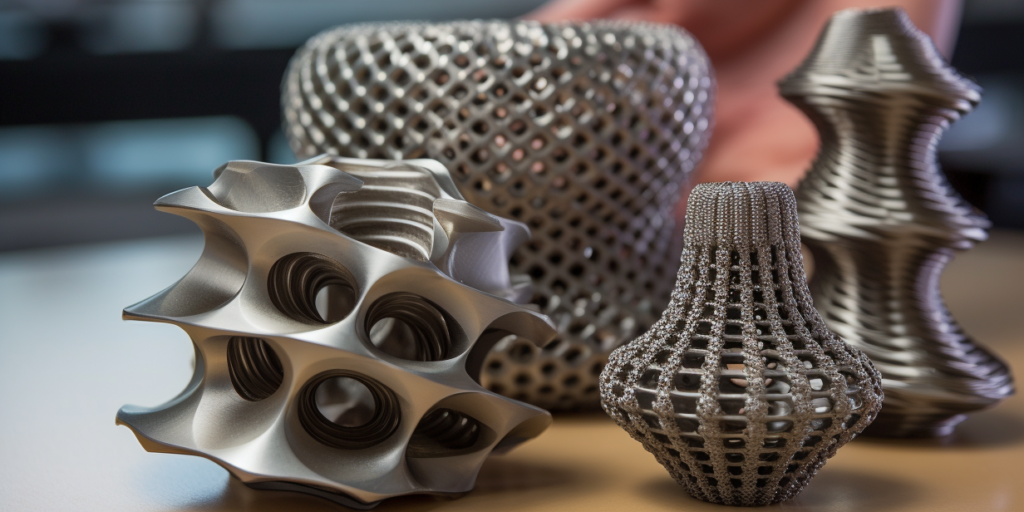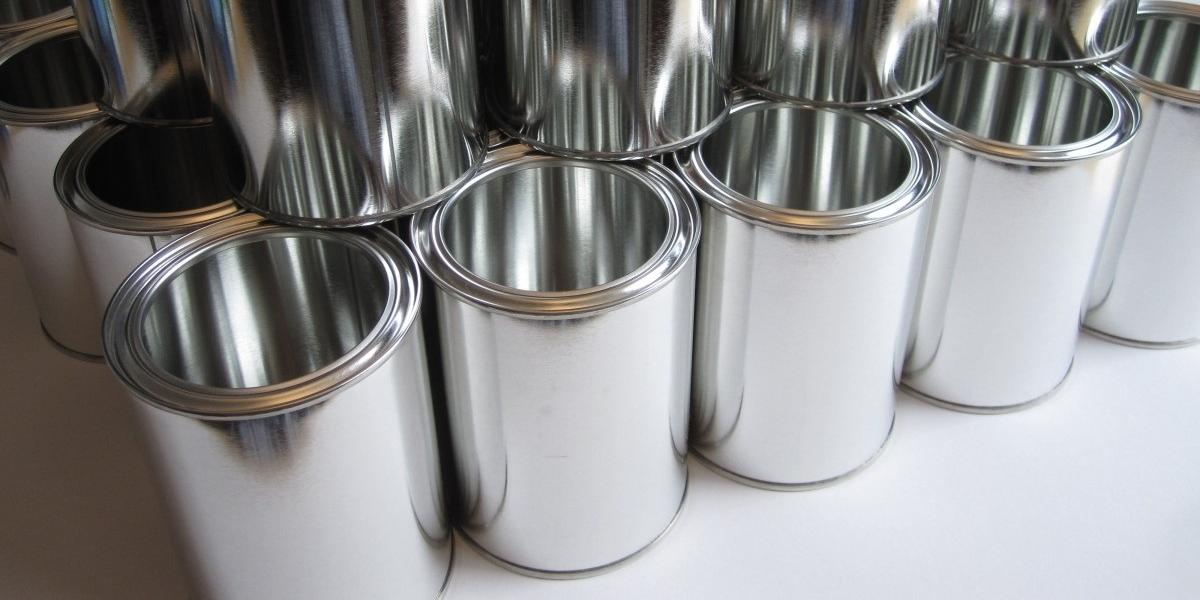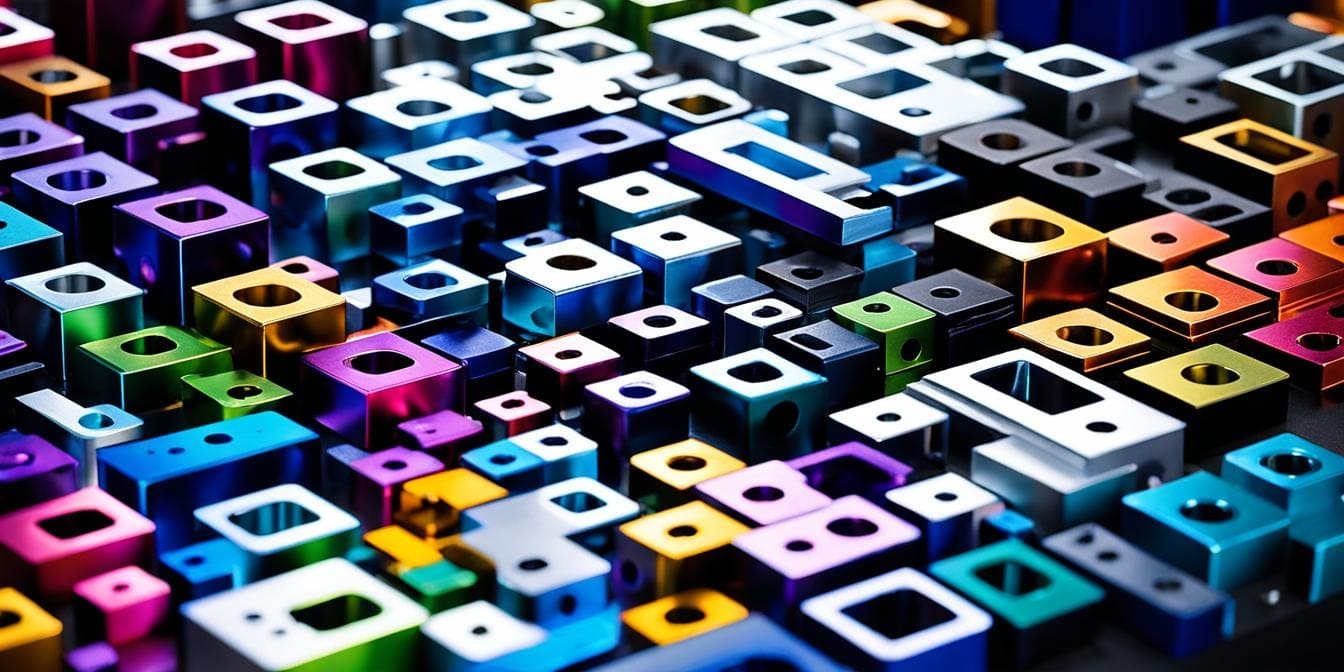
Casting grabs attention like a chef shaping dough into perfect forms, turning molten metal into useful parts. Its types and processes make everyday items, from car parts to tools, come to life.
In modern manufacturing, the ability to produce complex, high-strength components at scale is critical to driving innovation across industries. One foundational technique that continues to play a pivotal role in this effort is casting.
What is Casting?
Casting is a manufacturing process in which a liquid material, like metal, is heated until molten and then poured into a mold cavity designed in the shape of the desired part.
Once the material cools and solidifies, the formed component, known as a casting, is removed from the mold for finishing and inspection. Depending on the specific process used, molds may be expendable (used once) or permanent (reused for multiple castings).
Casting holds a distinct advantage in its ability to produce large, intricate, and geometrically complex parts that would be difficult or uneconomical to fabricate by other methods, such as CNC machining or forging or 3d printing. Its flexibility in accommodating various alloys and production volumes makes it indispensable across a wide range of sectors.
Different Types of Casting
Casting processes are broadly categorized based on the type of mold used – either expendable or permanent. Each casting method has its own characteristics, advantages, and limitations, making them suitable for different materials, part complexities, and production volumes. Below is an overview of the most common casting types used in modern manufacturing.
Sand Casting
Sand casting is one of the oldest and most versatile casting methods, using sand-based molds that can be easily shaped to form large and complex parts.
It’s particularly valued for its low tooling cost and suitability for both ferrous and non-ferrous metals. However, the process typically results in a rough surface finish and lower dimensional accuracy compared to more advanced methods.
It remains a go-to solution for short-run production and prototyping of heavy components.

Image: sand casting process
Investment Casting (Lost-Wax Casting)
Investment casting involves creating a wax model of the final part, coating it with a ceramic shell, and then melting out the wax before pouring in the molten metal. This method allows for exceptional precision and surface detail, making it ideal for small, complex components with tight tolerances.
While it’s more expensive and time-consuming than other casting methods, its accuracy makes it indispensable in industries such as aerospace, medical, and defense.

Image: investment casting process
Plaster Mold Casting
Plaster mold casting uses a gypsum-based mold that captures fine details more effectively than sand. It is best suited for non-ferrous metals like aluminum and magnesium, especially for thin-walled or intricate shapes.
Although it provides good dimensional accuracy and smooth surfaces, the molds are not suitable for high-temperature metals and are limited to low-volume production runs.
Vacuum Casting
Vacuum casting is a process where liquid material is drawn into a mold under vacuum pressure, allowing for the production of highly detailed and dimensionally accurate parts.
It is commonly used for creating prototypes and small batches of plastic or rubber components with smooth surface finishes. The vacuum eliminates air bubbles and ensures uniform filling, making it ideal for parts with thin walls, complex geometries, or fine details.

Image: vacuum casting process
We – xmake offer professional vacuum casting services tailored to both prototyping and low-volume production needs. Our solutions are designed to meet your technical and business requirements with the following key advantages:
✅Precise: Achieves high dimensional accuracy and fine surface detail, ideal for complex geometries and tight tolerances.
✅Cost-effective: Minimizes tooling costs and material waste, making it a smart choice for small production runs.
✅Versatile: Supports a wide range of polyurethane resins and silicone molds to simulate various end-use materials.
✅Reliable: Delivers consistent quality and performance, backed by rigorous inspection and process control.
Shell Mold Casting
Shell mold casting uses a heated metal pattern to form a shell of sand and resin around the part geometry, creating a high-precision mold. The resulting castings have a smoother surface and better dimensional consistency than traditional sand casting.
This method is commonly used for producing small to medium-sized parts in automotive and machinery applications. It offers a good balance between quality and cost-efficiency.

Image: shell mold casting process
Lost Foam Casting
Lost foam casting involves forming a mold around a foam pattern, which vaporizes when molten metal is poured in, leaving behind the desired shape. This method reduces the need for cores and simplifies the overall process, making it cost-effective for producing complex geometries.
It is particularly well-suited for aluminum and cast iron parts in the automotive sector. However, it requires specialized foam materials and careful process control.

Image: lost foam casting process
Gravity Die Casting
Gravity die casting employs reusable metal molds, where molten metal is poured under gravity without external pressure. This method delivers better mechanical properties and surface finishes than expendable mold processes.
It’s widely used for medium to high-volume production of non-ferrous components like aluminum housings and fittings. The process is more consistent but demands higher tooling investment.
Pressure Die Casting
In pressure die casting, molten metal is injected into a steel mold at high speed and under high pressure, resulting in excellent dimensional accuracy and surface finish.
This method is commonly used for the large-scale production of lightweight non-ferrous components, particularly in automotive and consumer electronics. While initial tooling costs are high, the cycle time is short, making it highly economical for mass production.

Image: pressure die casting process
Centrifugal Casting
Centrifugal casting involves pouring molten metal into a spinning mold, which forces the material against the mold walls through centrifugal force. This technique produces dense, high-strength cylindrical parts, such as pipes, rings, and bushings.
It’s particularly effective in minimizing impurities and defects. The method is ideal for applications where structural integrity is critical.

Image: centrifugal casting process
Continuous Casting
Continuous casting is used primarily for producing long lengths of semi-finished metal products like billets, slabs, or rods. In this process, molten metal solidifies as it flows through a water-cooled mold, allowing for a near-continuous production flow.
It offers high efficiency, minimal material waste, and uniform product quality, especially in the steel and aluminum industries. It forms the backbone of many large-scale metalworking operations.

Image: continuous casting diagram
Slush Casting
Slush casting is a specialized form of casting used to produce hollow parts, often with thin walls and fine detail. The mold is partially filled with metal, allowed to solidify at the edges, and then the remaining liquid is poured out.
This technique is popular for decorative objects and lightweight, non-structural parts. It is best suited for low melting point metals like zinc and pewter.

Image: slush casting diagram
Fundamental Steps in the Casting Process
Casting involves a sequence of precisely controlled steps to transform raw material into a finished component. While the exact procedure may vary depending on the casting method used, the following six steps form the core framework of nearly all casting processes.
Step 1: Pattern Making
The casting process begins with creating a pattern (a precise replica of the final part) that forms the cavity inside the mold. Patterns must account for factors such as metal shrinkage during cooling, draft angles for removal, and machining allowances. Depending on the volume and complexity of production, patterns may be made from wood, plastic, wax, or metal.
Step 2: Mold Making
Mold making involves forming the cavity that will receive the molten metal. Molds can be expendable, such as sand or ceramic molds used once per casting, or permanent, like metal molds used repeatedly in die casting.
The mold design must also include gating systems to control metal flow and risers to compensate for shrinkage during solidification. The quality of the mold directly affects the surface finish and dimensional accuracy of the final product.
Step 3: Melting and Pouring
In this step, the selected metal is heated in a furnace until it reaches its molten state. The molten metal is then carefully poured into the prepared mold, either by gravity or using pressure-assisted techniques such as vacuum or die casting.
Temperature consistency and controlled pouring speed are critical to minimizing turbulence and avoiding defects like porosity, cold shuts, or inclusions.
Step 4: Cooling and Solidification
Once inside the mold, the molten metal begins to cool and solidify, taking the shape of the cavity. The rate of cooling can significantly affect the microstructure, mechanical properties, and internal integrity of the casting.
In complex or thick-walled parts, solidification may be controlled using chills or directional solidification techniques to reduce the risk of internal stresses or shrinkage defects.
Step 5: Shakeout and Cleaning
After the metal has fully solidified, the casting is separated from the mold in a step known as shakeout. Expendable molds are broken away, while in permanent mold processes, the casting is ejected mechanically.
Subsequent cleaning removes any remaining sand, ceramic, or oxide scale from the surface, and excess material from sprues, risers, and parting lines is trimmed away to achieve the near-net shape.
Step 6: Inspection and Finishing
The final step includes a detailed inspection to check for dimensional accuracy, surface integrity, and internal soundness, often using tools like ultrasonic testing or X-rays. Based on the application, additional finishing operations such as machining, heat treatment, or coating may be applied to meet final product specifications.
Applications of Casting
Casting continues to be a foundational manufacturing technique across a broad spectrum of industries. Its ability to form intricate shapes with high dimensional stability and material efficiency makes it essential for both traditional and emerging technologies.
Casting for Automotive Parts
Casting is central to automotive manufacturing, enabling the efficient production of engine components, transmission housings, and structural parts. Lightweight metals like aluminum and magnesium are often used to reduce vehicle mass and improve fuel economy, while still maintaining the strength required for safety and performance.
As electric vehicles become more prevalent, casting also supports battery enclosures, motor housings, and cooling system components.
Casting for Aerospace Parts
The aerospace sector relies on casting to create high-performance components that endure extreme mechanical and thermal stresses.
Investment casting is commonly used for turbine blades, fuel system parts, and structural supports due to its ability to produce complex geometries with tight tolerances.
The need for weight reduction without sacrificing durability makes high-value alloys such as titanium and Inconel ideal for aerospace casting applications.
Casting for Industrial Machinery
Heavy industrial equipment often requires large, rugged components capable of withstanding continuous operation under harsh conditions.
Casting supports this need by producing gear housings, pump bodies, and press frames with exceptional mechanical integrity and wear resistance.
Its adaptability in low- and mid-volume production also allows manufacturers to customize equipment for specialized industrial applications.
Casting for Medical Devices
Precision casting is used in the medical field to manufacture biocompatible implants, surgical tools, and diagnostic device components.
Materials like stainless steel, cobalt-chrome, and titanium are cast into intricate forms with clean surface finishes, supporting both functionality and sterilization requirements.
Casting for Robotic Parts
In the fast-evolving field of robotics, casting enables the creation of lightweight yet strong components that facilitate precise motion and load handling.
Complex housing designs, gear systems, and structural frames are commonly cast from aluminum or high-strength alloys to support compact, efficient designs.
As robots become more integrated into automation systems, casting continues to support innovation by enabling modular and scalable component production.
Casting for Drone Parts
The drone industry benefits from casting’s ability to produce lightweight, aerodynamic parts that enhance flight performance and energy efficiency. Magnesium and aluminum castings are frequently used in motor housings, structural frames, and mounting brackets to reduce weight without compromising strength.
With increasing demand for drones in sectors like agriculture, logistics, and defense, casting plays a key role in enabling reliable, high-performance aerial systems.
Casting vs. Injection Molding
While exploring different casting processes, it’s common to encounter confusion between casting and injection molding.
Both techniques involve shaping materials by pouring or forcing them into a mold cavity; however, they are fundamentally distinct in terms of materials, applications, tooling, and production economics.
The following table presents a detailed comparison of casting and injection molding across key operational and performance factors:
| Aspect | Casting | Injection Molding |
| Material Type | Primarily metals (aluminum, steel, bronze, etc.) | Mainly thermoplastics and thermosetting polymers |
| Process Method | Molten metal poured into mold and cooled | Heated plastic injected under high pressure into mold |
| Mold Type | Expendable (sand, wax) or permanent (metal) molds | Always uses precision-engineered steel/aluminum molds |
| Production Volume | Suitable for low to high-volume runs | Economical only for high-volume production due to mold costs |
| Tooling Cost | Moderate to high (varies by mold type) | Very high initial tooling cost |
| Tolerance and Accuracy | Medium to high (investment casting is most precise) | Very high, with tight repeatable tolerances |
| Surface Finish | Moderate to excellent (depending on process) | Excellent surface finish with minimal post-processing |
| Design Complexity | Ideal for complex metal geometries and internal structures | High detail possible, but mostly limited to plastic features |
Conclusion
Casting remains a vital manufacturing process, offering unmatched versatility, material efficiency, and design flexibility across a wide range of industries.
As technology advances, casting continues to evolve, driven by digital innovation, sustainability goals, and the demands of next-generation applications.





